



A conventional container can serve as a viable alternative for water supply when utilising a power cleaning device. This approach is particularly useful in locations lacking direct access to a water source. To ensure seamless operation, ensure the container has sufficient capacity to maintain continuous flow without interruptions.
Begin by positioning the unit strategically, allowing easy access to the inlet hose. Connecting the float switch is advisable to prevent the device from running dry, which could result in damage. Optimal results are achieved with a container that is at least partially elevated, as this assists in maintaining a consistent supply of water via gravity.
Ensure that all connections are secure, and regularly monitor the operation to prevent air from entering the system. Depending on the specific model, water flow may need adjustments for ideal performance. Always consult the user manual for specific guidelines related to tank usage, as each machine may have nuances that affect functionality.
Using a Kärcher with a Container
Absolutely feasible. To achieve optimal results, implementing certain strategies enhances functionality.
Recommendations
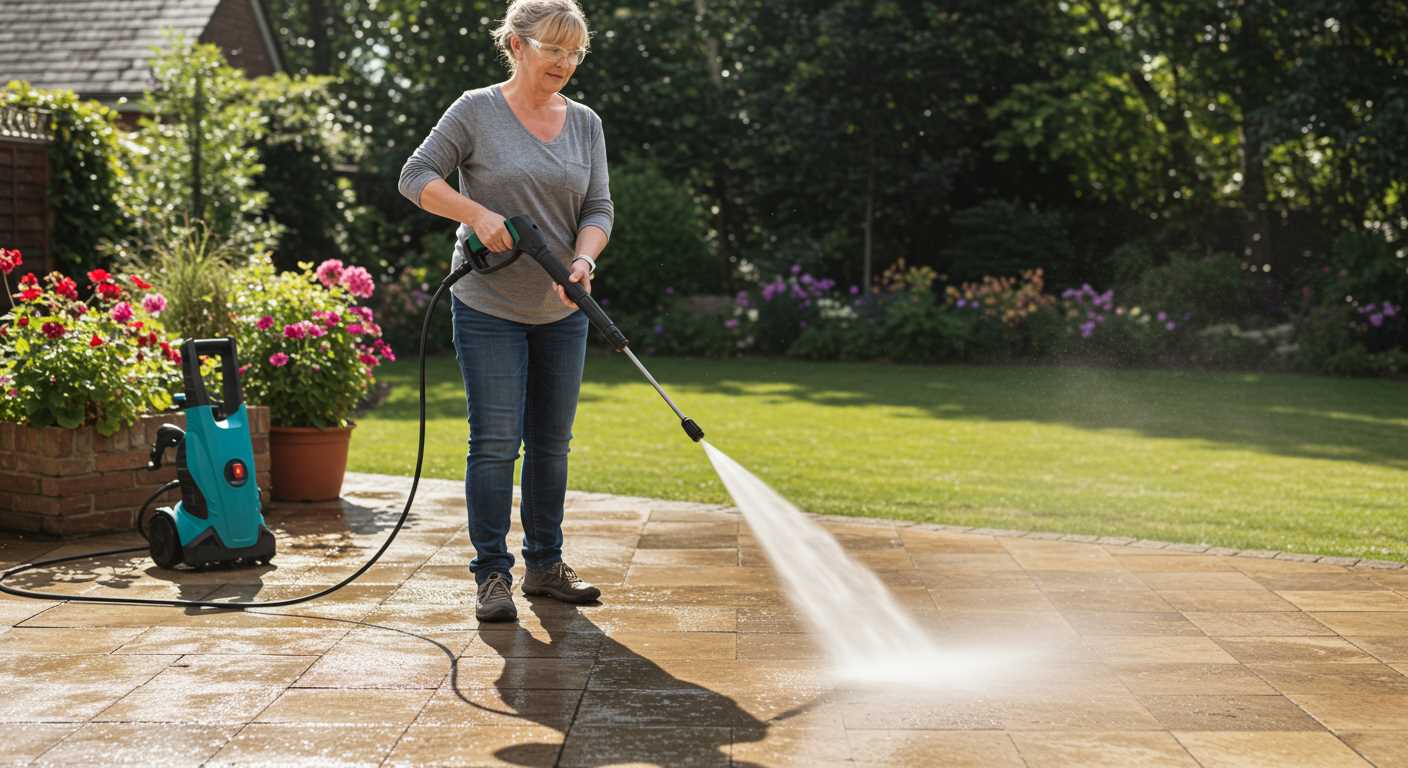
- Select a container large enough to prevent constant refilling, ideally over 20 litres.
- Ensure the suction hose reaches the bottom of the tank for maximum efficiency.
- Fit a filter on the intake end of the hose to prevent debris from entering the machine.
- Check for any reduced performance due to hose length; longer hoses may affect pressure.
Things to Keep in Mind
- Monitor water levels in the container closely to avoid pump damage.
- Consider gravity; positioning the container at the same level or slightly above the inflow point aids in suction ease.
- Watch for air bubbles in the hose; they can disrupt the flow and reduce cleaning capability.
- Regularly clean filters to maintain optimal performance.
By applying these suggestions, the experience can be notably enhanced, ensuring thorough cleaning without conventional water source reliance.
Understanding the Karcher Pressure Washer System
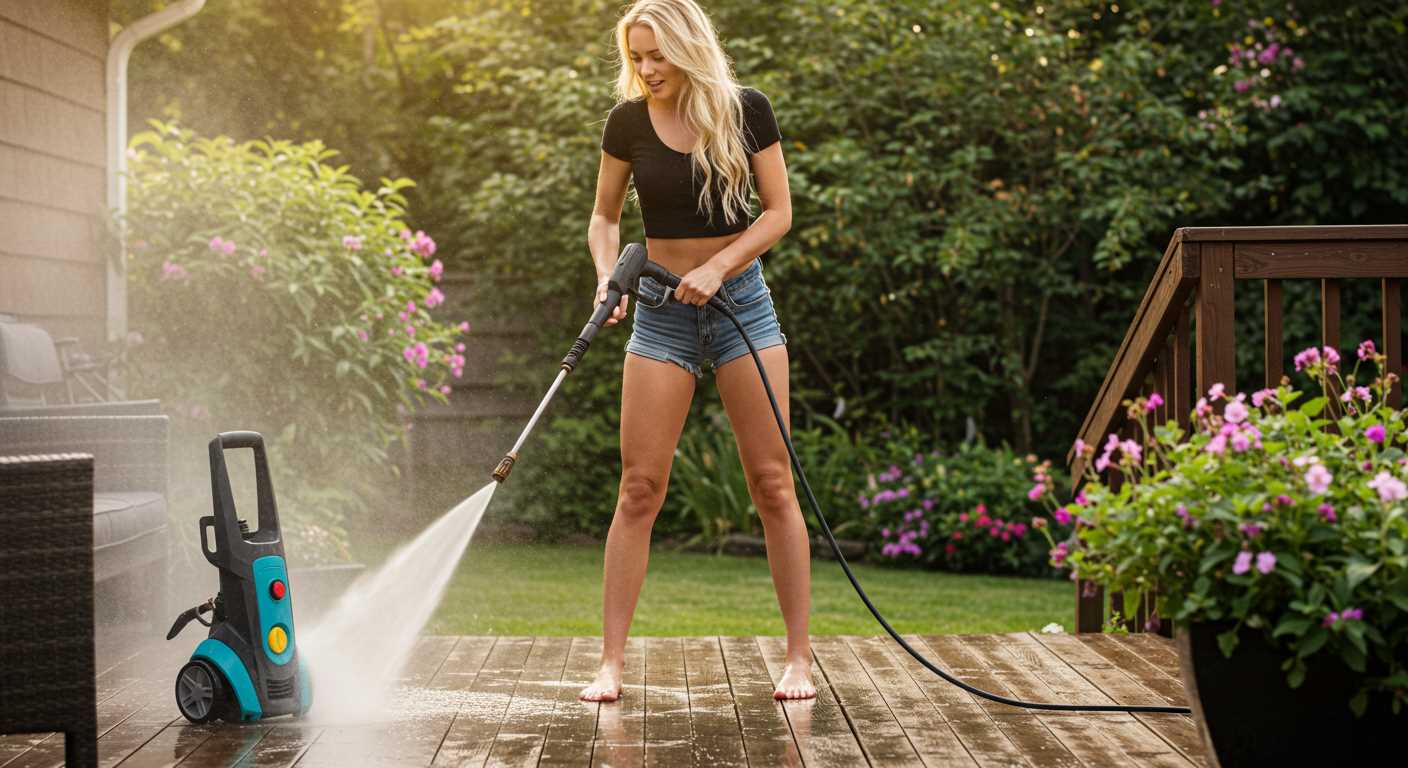
The system relies on a motor that drives a pump, which pressurises water drawn from a source, allowing for high-velocity jet cleaning. The mechanism is designed to deliver consistent pressure, making it suitable for various tasks, from surface cleaning to delicate applications.
Water flow rates range across models, influencing the effectiveness of different cleaning jobs. For instance, units with higher flow rates can tackle larger areas more efficiently. Be mindful of the attachments available; these enhance versatility by allowing for adjustments based on the cleaning surface and grime type.
Commonly integrated features like adjustable nozzles improve control over the water stream, enabling precision cleaning on sensitive surfaces while also providing options for tougher grime removal. Furthermore, many models have built-in detergent tanks or compatibility with detergent systems, enhancing cleaning performance when appropriate solutions are used.
For optimal performance, it’s advisable to select a model that matches your specific cleaning requirements, considering factors like the frequency of use, type of surfaces, and level of dirt or pollutants. Regular maintenance, such as checking hoses and connections, will prolong the life of the equipment and ensure it operates at peak performance.
Preparing Your Bucket for Pressure Washing
Ensure your container is clean before starting the cleaning process. Rinse it to remove any debris or liquid remnants that may interfere with the detergent being used. A clean environment leads to better results and avoids contamination of your solutions.
Select the appropriate detergent depending on the task at hand. Different materials may require specific types of cleaning agents. Always check compatibility to prevent damage to surfaces or the equipment itself.
Fill the container with the recommended amount of water and detergent. Follow the manufacturer’s guidelines on ratios, adjusting for the size of the bucket. Over-concentration might lead to excessive foam and reduce efficiency.
Consider the position of the bucket. Place it on a stable surface to avoid spillage. Ensure the nozzle can easily reach the liquid for seamless operation. Positioning plays a significant role in maintaining workflow and avoiding interruptions.
Before connecting everything, inspect the hose for any kinks or blockages. Ensure that all connections are secure and leak-free. A well-maintained hose will enhance the performance of your tool and prevent unnecessary wastage.
| Step | Description |
|---|---|
| 1 | Clean the container thoroughly. |
| 2 | Select the right detergent. |
| 3 | Fill the bucket with water and cleaner in the correct ratio. |
| 4 | Position on a stable surface. |
| 5 | Inspect the hose and connections. |
By following these guidelines, you can set up your container for a streamlined and effective cleaning session. Attention to detail in preparation will significantly enhance the outcome of your cleaning efforts.
Hooking up the pressure washer to the bucket
For optimal performance, connect the washer to the bucket through a standard garden hose when drawing water. To do this, ensure the bucket is positioned at a stable height, ideally higher than the machine to prevent any siphoning issues.
Begin by attaching one end of the hose to the inlet of the washer. The other end should go into the water source, which in this case is your container. If required, use a hose attachment to secure the connection properly; this helps in preventing any leaks during operation.
Check the hose for any kinks or blocks before starting. A smooth flow is vital; otherwise, the machine may not function efficiently. After setting everything up, test the unit briefly to ensure water is being pulled adequately from the bucket.
Once confirmed, you are ready to initiate the washing task. Monitor the water level in the bucket and refill as necessary to maintain a constant supply. This method allows effective use of water without relying on a traditional tap connection.
Optimal techniques for using a pressure washer with a bucket
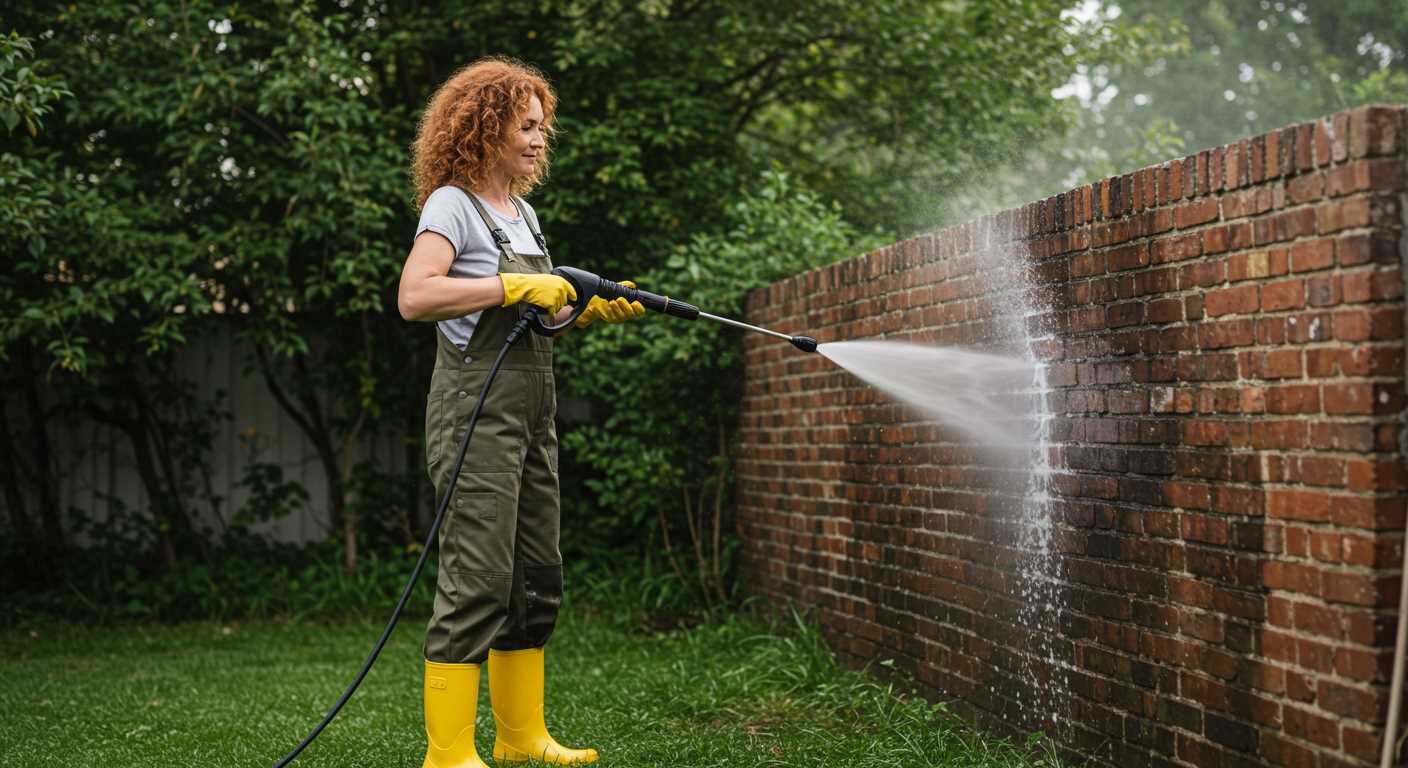
Firstly, ensure that the bucket is adequately filled with clean water. This helps to maintain a stable water supply, preventing the motor from running dry.
Position the bucket at an appropriate height, ideally on a sturdy surface, to minimise the risk of spillage and ensure a consistent flow. Using a bucket with a wide mouth simplifies access for the hose.
Watering Down Surfaces
Prior to activating the device, wet the surface you intend to clean. This reduces the amount of debris and helps screen out heavy grime before the high-pressure stream makes contact.
Optimal Hose Setup
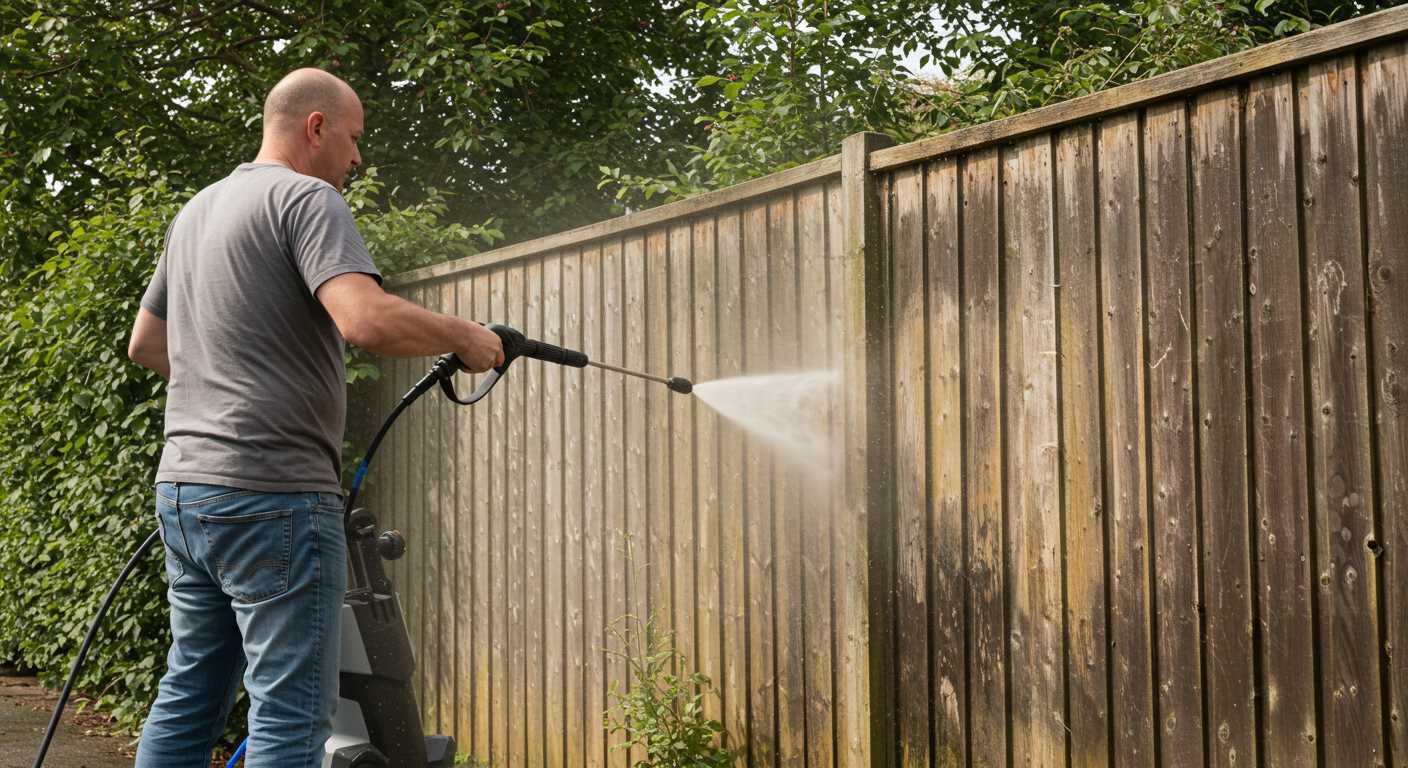
When connecting the hose to the bucket, particularly utilise a filter to prevent dirt from entering the unit. A filter aids in avoiding clogs and extending the lifespan of the equipment. Position the hose so it remains submerged in the water while allowing for easy mobility during cleaning tasks.
Regularly monitor the water level in the container during operation. If the water becomes too low, the machine may draw in air, leading to potential damage or reduced performance.
Common challenges when employing a container for high-pressure cleaning
One common issue encountered is the reduction in water flow. Using a container may lead to lower suction, as these systems are designed for direct water sources. Ensure the container is placed below the inlet for improved gravity feed.
Another concern is the potential for debris clogging the system. If the container isn’t adequately filtered, particles can enter and block the inlet or nozzle, resulting in ineffective cleaning. It’s wise to employ a fine mesh filter to avoid this problem.
Maintaining consistent pressure can be difficult. When the container runs low, the flow may fluctuate, affecting cleaning performance. Regularly check the water level and refill promptly to sustain optimal operation.
Connection leaks pose another challenge. Improper fittings can result in water loss, decreasing suction efficiency. Double-check all connections for tightness and ensure compatibility with the hose and adapter sizes.
Acquiring the right type of container is crucial. Not all containers suit high-pressure applications; using a rigid, strong type can prevent collapse under suction. Plastic or flexible options may not hold up well under these conditions.
Lastly, managing foam detergent can become tricky. When using a bucket, overloading it can cause excessive foam, which might block the intake. Monitor foam levels to maintain the required cleaning effectiveness without overflowing.
Maintenance tips for using a pressure washer with a bucket
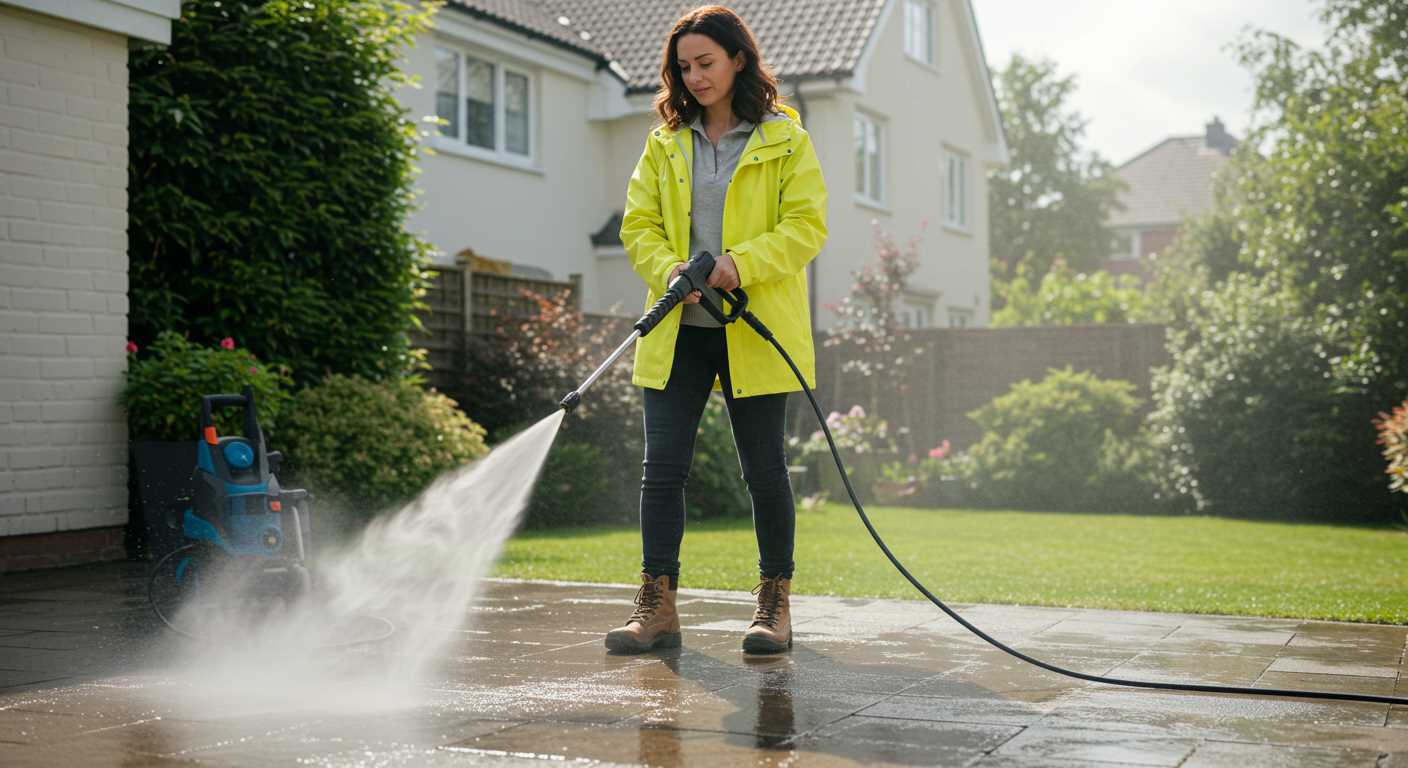
Regularly clean the filter. This component prevents dirt from entering the system, ensuring a steady flow of liquid. Inspect after each use, especially if the source is murky. Rinse it under running water to dislodge any debris.
Check hose connections
Inspect hoses and fittings for wear or damage. Replace any compromised sections immediately to prevent leaks. Ensure all connections are tight before starting; this minimises the risk of pressure loss during operation.
Monitor water level

Keep an eye on the fluid level throughout operation. Operating a unit without sufficient liquid can lead to overheating and damage. It’s wise to have a secondary container ready for swift replacements during extended tasks.
Periodically inspect the sprayer nozzle for blockages. Clear any debris that may inhibit performance, and replace worn nozzles to maintain optimal cleaning power. A high-performance tip will enhance efficiency significantly.
Conduct an overall check of the unit at regular intervals. Look for signs of wear and maintain cleanliness to prolong its lifespan. Store in a dry location to protect components from moisture-related damage.
Review the user manual for specific maintenance schedules and procedures tailored to the model in use. Following these recommendations ensures reliable operation and prevents unexpected issues during cleaning sessions.










